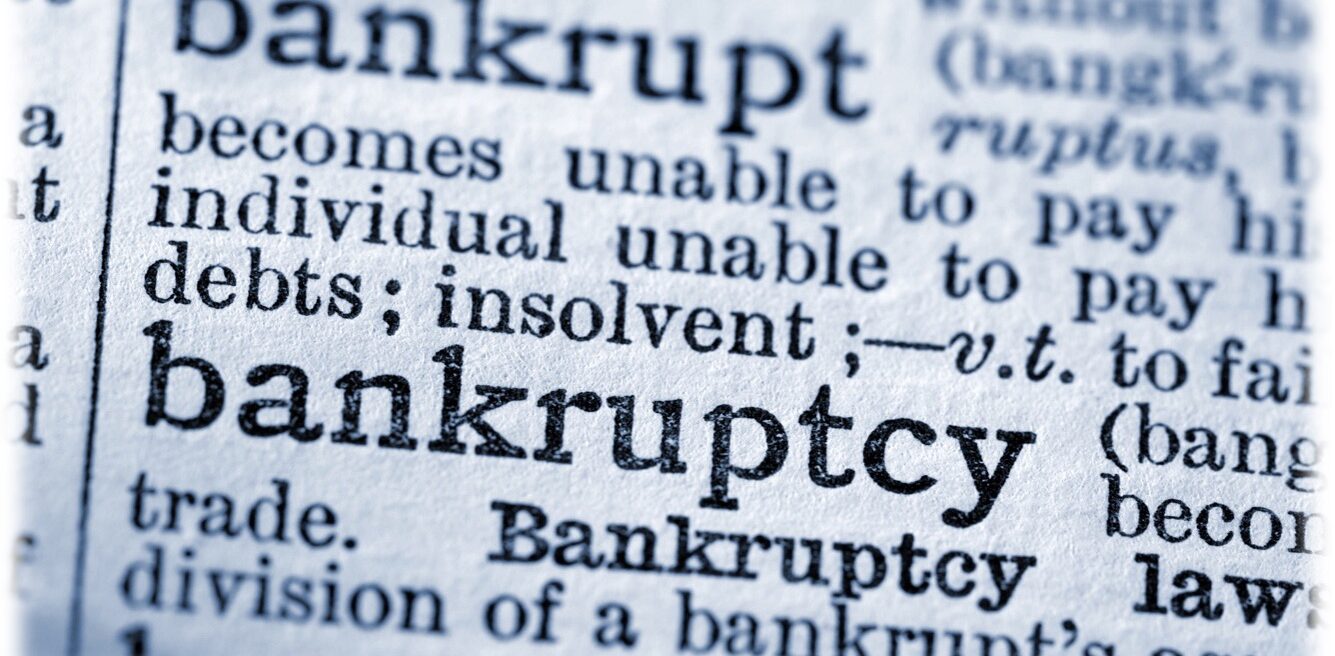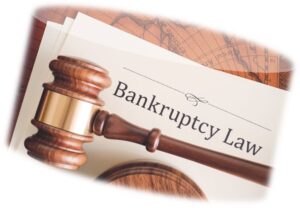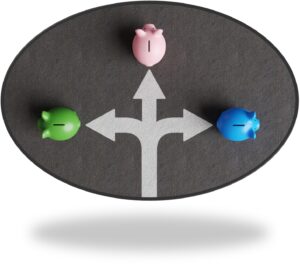
Many borrowers face insurmountable obligations because they have long found it nearly impossible to discharge student loan debt through bankruptcy. However, recent changes in federal policies under the Biden administration have made it easier for borrowers to have their student loans discharged in bankruptcy court. This blog explores these changes, the new guidelines, and what they mean for borrowers seeking relief from student loan debt.
 What Has Changed in Student Loan Bankruptcy?
What Has Changed in Student Loan Bankruptcy?
In the fall of 2022, the U.S. Department of Education and the Department of Justice released updated bankruptcy guidelines to make it easier for borrowers to discharge student loans through bankruptcy. Before these changes, borrowers had to meet a strict “undue hardship” standard, often requiring them to prove a “certainty of hopelessness.” Additionally, government lawyers are known to contest discharge applications aggressively.
Now, with the updated guidelines, the process has become more straightforward. Borrowers seeking relief from student loan debt in bankruptcy can submit a 15-page form detailing their financial hardships. If they demonstrate a history of good faith efforts to pay their loans and a genuine need for relief, they are more likely to receive a full or partial discharge.
Perspectives from Bankruptcy Lawyers
Bankruptcy lawyers specializing in consumer cases have noticed a tangible shift in the government’s approach to student loan bankruptcy. As reported by CNBC, Malissa Giles, a consumer bankruptcy lawyer in Virginia, shared her experience with the new policy: “We have gotten forgiveness for a number of clients under the new bankruptcy changes. The discharge is life-changing for them and their families.”
Similarly, Latife Neu, a bankruptcy lawyer in Seattle, observed the government’s more lenient stance. “While the government used to fight discharge aggressively in almost every case, there is now a policy to agree when the borrower can show financial need and a history of good faith efforts to pay the loans,” she said (CNBC).
Implications for Borrowers
Suppose you’re considering bankruptcy as a solution to your student loan debt. In that case, these new policy changes may offer a sliver of hope. However, it’s crucial to understand that bankruptcy has significant and long-lasting consequences. The type of bankruptcy you choose dictates the duration it remains on your credit report, potentially lasting up to 10 years, impacting your ability to get loans, buy a home, rent an apartment, or even find employment.
Despite the new leniency, borrowers should not enter into bankruptcy lightly and use it as a last resort. Higher education expert Mark Kantrowitz advised borrowers to explore other relief options first (CNBC). Federal student loan borrowers can reduce their debt burden through income-based repayment plans, economic hardship deferments, unemployment deferments, and loan relief opportunities for those with disabilities or cancer.
Alternatives to Bankruptcy for Student Loan Debt
Before deciding to file for bankruptcy, consider these alternatives:

- Income-Driven Repayment Plans: Federal student loans offer income-based repayment plans, with potential loan forgiveness after 20-25 years of consistent payments.
- Federal Loan Forgiveness Programs: Public Service Loan Forgiveness (PSLF) is available for those in qualifying public service roles, providing loan forgiveness after ten years of payments on income-driven plans.
- Temporary Deferment or Forbearance: This option allows you to pause loan payments temporarily, although interest might continue to accrue.
- Refinancing Student Loans: Refinancing can reduce interest rates or monthly payments, but it might lead to losing federal benefits when switching to private loans.
- Consumer Advocacy Organizations: These groups can guide you through repayment options and loan rehabilitation.
The Bottom Line
While new policy changes have made student loan bankruptcy more accessible, it still has significant consequences and should be approached cautiously. If you’re facing challenges with student loan debt and contemplating bankruptcy, seek advice from experienced legal professionals to understand the best course of action. Additionally, explore alternative solutions and take advantage of available federal programs before taking this drastic step.
Reference